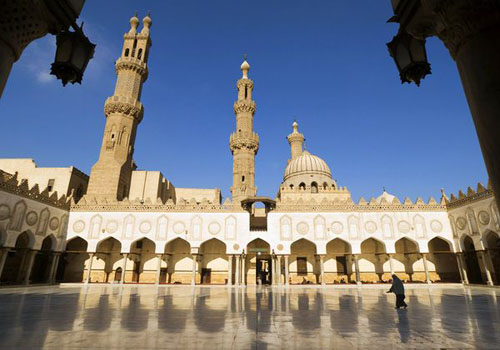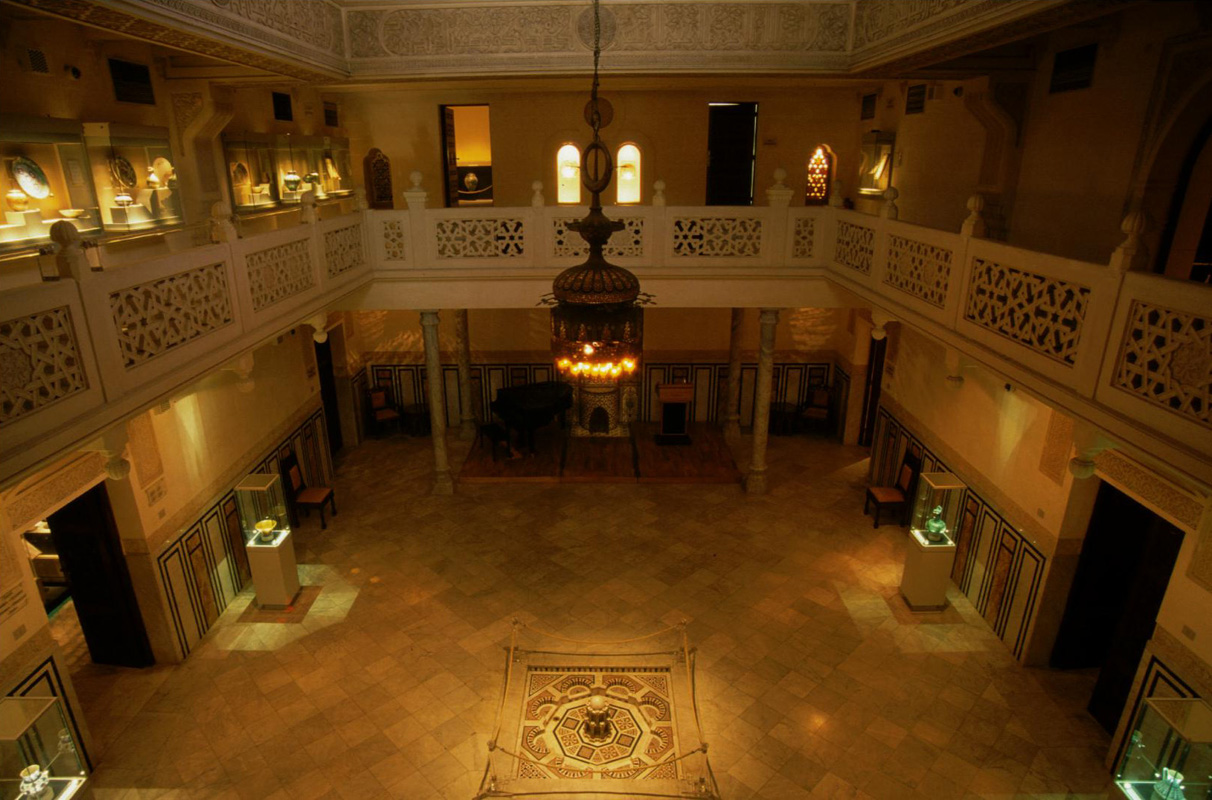Historical Eras

Alexandria in the Fatimide Era

The Fatimide Era is a Shiite Ismaelite Caliphate in the Near Maghreb Berber Bedouins of Katama and Sanhaga at the end of the Third Century of the Hejira Calendar. Its authority extended over the whole Maghreb region and a number of Western islands in the Mediterranean Sea, as Sicily and Malta, and eastwards to Egypt which is characterized by a unique position at the heart of the Arab World.
The Fatimide campaigns on the Western borders of Egypt began from the earliest days of the First Caliph – Abdalla Elmahdi and his son – Mohamed Elkaem.
Three campaigns were launched against Egypt
- 1. Year 913 A.D. (301 H)
- 2. Year 917 A.D. (307 H)
- 3. Year 936 A.D. (324 H)
- All three campaigns failed piteously because the Abbaside Caliphate was powerful enough to fend off any attacks against its borders. Later on, attention of the Fatimids was redirected to the internal front and the revolution of the Khawarej led by Abilyazid Elkhargi and his Zenateyne followers.
During the era of the Fatimide Caliph Elmoez Ledinellah Abi Tamim Moed (952-975 A.D. – 341-365 H), the Fatimids attempted a fourth invasion against Egypt under Gowhar El Sekely who seized the opportunity of the weakening Abbaside Caliphate at that time. The Fatimide navy left the Port of Kayrouan on February 5, 969 (Rabie Elakher 14, 358 H) and headed towards Alexandria which it conquered. On the 17th of the month of Shaaban of the same year, the Fatimide forces swept through the Giza area and crossed the Nile, overpowering the Ekhshide resistance on the right bank of the Nile and conquering the city of Fostat.
Gowhar El Sekely camped on the site that was to become the actual city of Cairo, on a sandy valley north-east of Fostat, from where he covered the triple site of Fostat, Askar and Kataye and defended them from attacks by the Karatema from the Southern Levant. Thus, Cairo acquired the name of Cairo the Secure and Gowhar was to put his name on the First Mosque of Azhar which was inaugurated on the 7th of the Month of Ramadan in the year 361 H.

With the foothold of the Fatimide Empire firmly established, Egypt became an independent and leading center of the Arab World while, on the internal front, it quickly embraced the Fatimide lifestyle. This reflected very positively on the Egyptian society which became more united, more mature and much more tolerant, accepting the cohabitation of Muslims, Copts and Jews in a rich mix of elements and leading to the prosperity of its economy and culture.
Three campaigns were launched against Egypt:
During the Fatimide era, Alexandria became the most important merchant and military naval base in the Eastern Mediterranean. On the economical level, Alexandria had numerous advantages in the fields of agriculture and trade: Oily seeds plantation, sesame extracts of oil, olive oil extraction, soap and wax manufacture and glass figurine works were booming, besides abounding linen textile industries. Furthermore, the dependency of Sicily to the Fatimide Empire enhanced commercial exchange with Alexandria in the Mediterranean sea, turning the port into a worldwide commercial center.
Unlike any other Egyptian town, Alexandria became so influenced by the Moroccan lifestyle that it was soon nicknamed “Moroccan Gate” as it was the gateway for crossing Moroccans either on their way to pilgrimage or on a visit for trade, knowledge, science or leisure. Additionally, Alexandria was the first Egyptian city with Sunni schools at the end of the Fatimide Empire, like the Hafezeya and Salafi Schools.
With the booming economy, Alexandrian traders and elite society enjoyed a leisurely and luxurious life which translated into extensive building and construction of luxury palaces, mansions, large and beautiful parks and gardens with huge ponds.
The fall of the Fatimide Empire came under the Sunni rule of Salah Eldin Elayouby who feared a popular uprising and tried in vain to spread the Abbaside ideology in mosques to save the situation.
The Fatimide Empire ended with the death of the Caliph which remained unannounced for three days for fear of further popular unrest.

